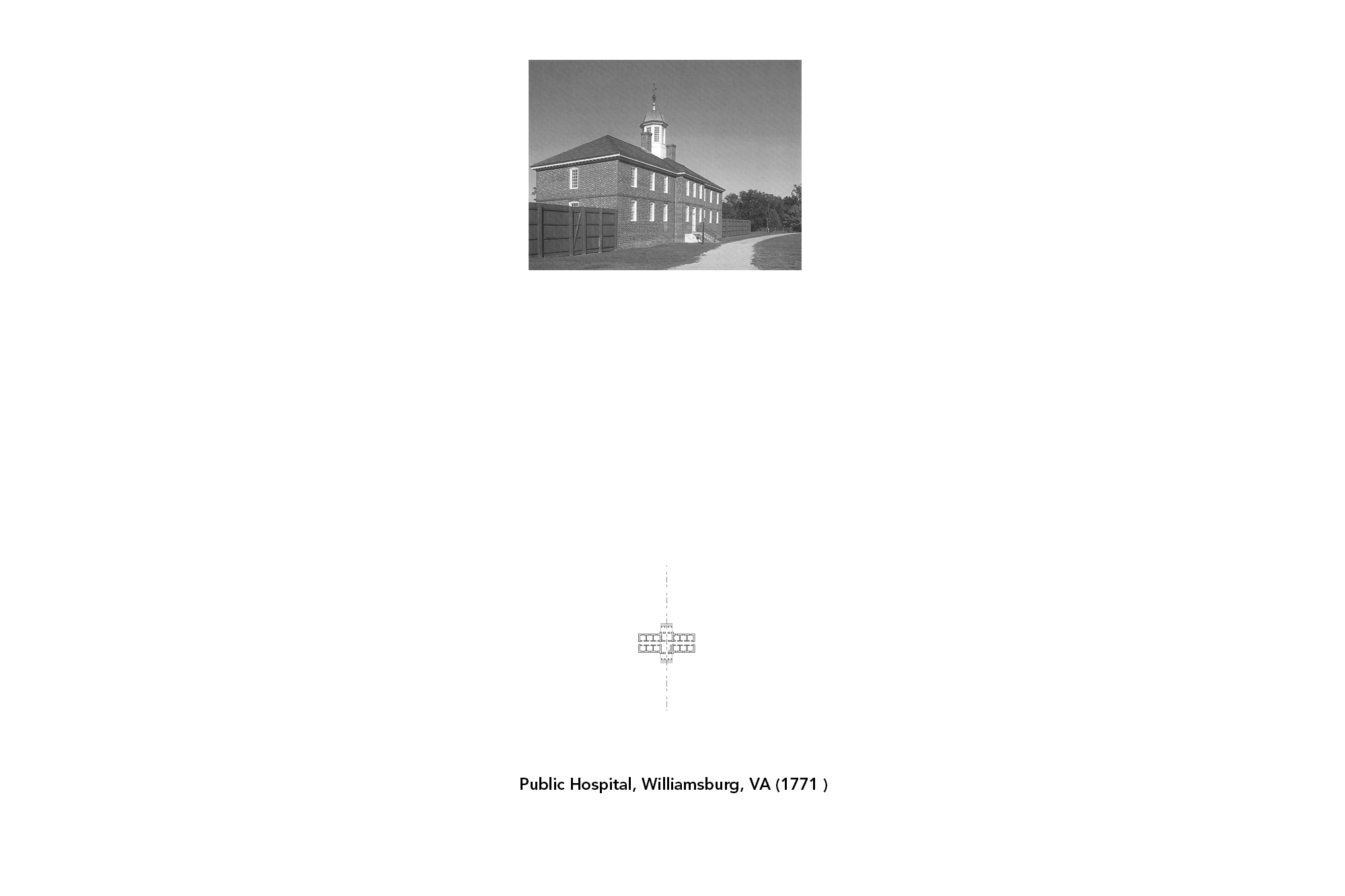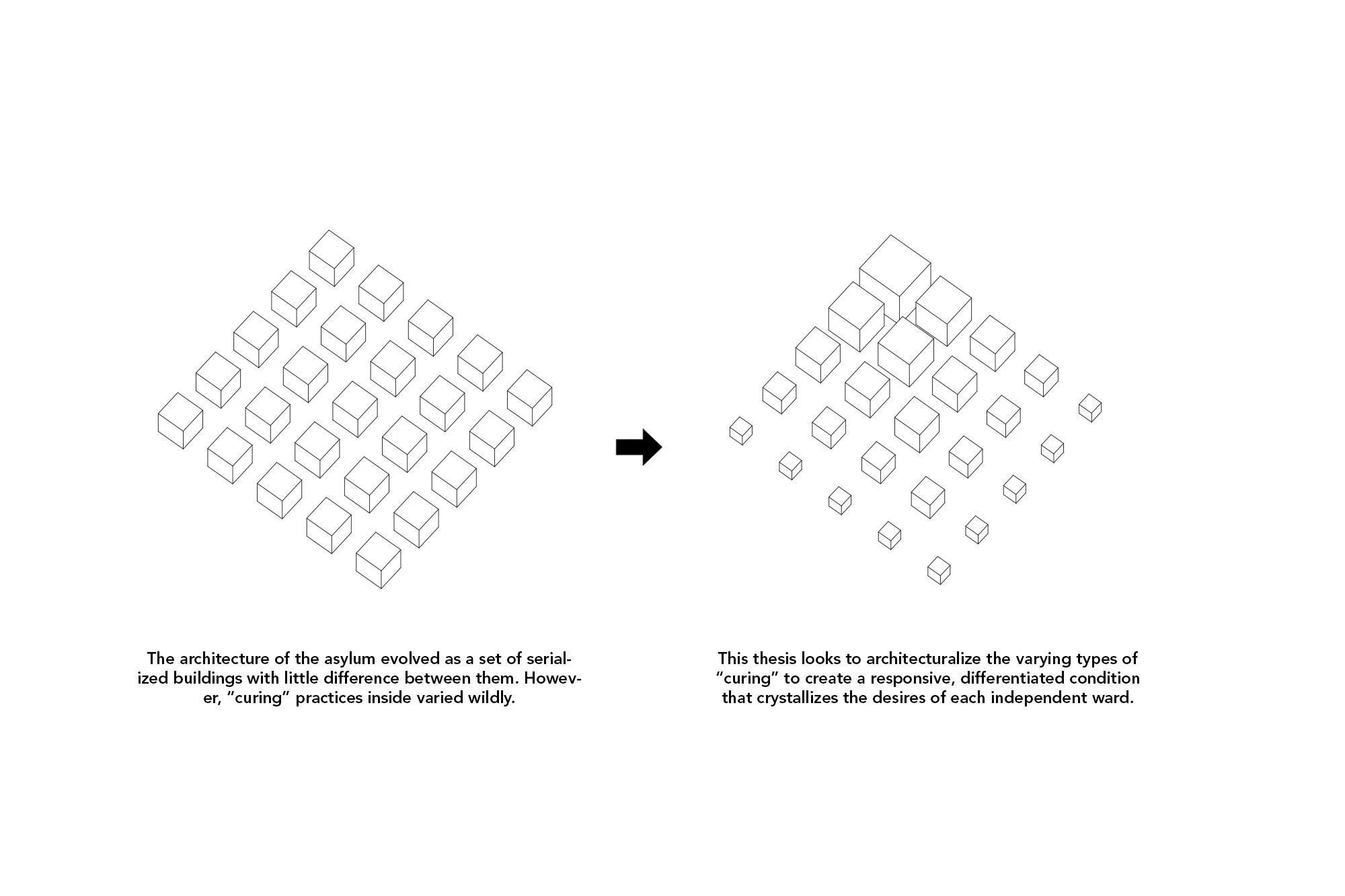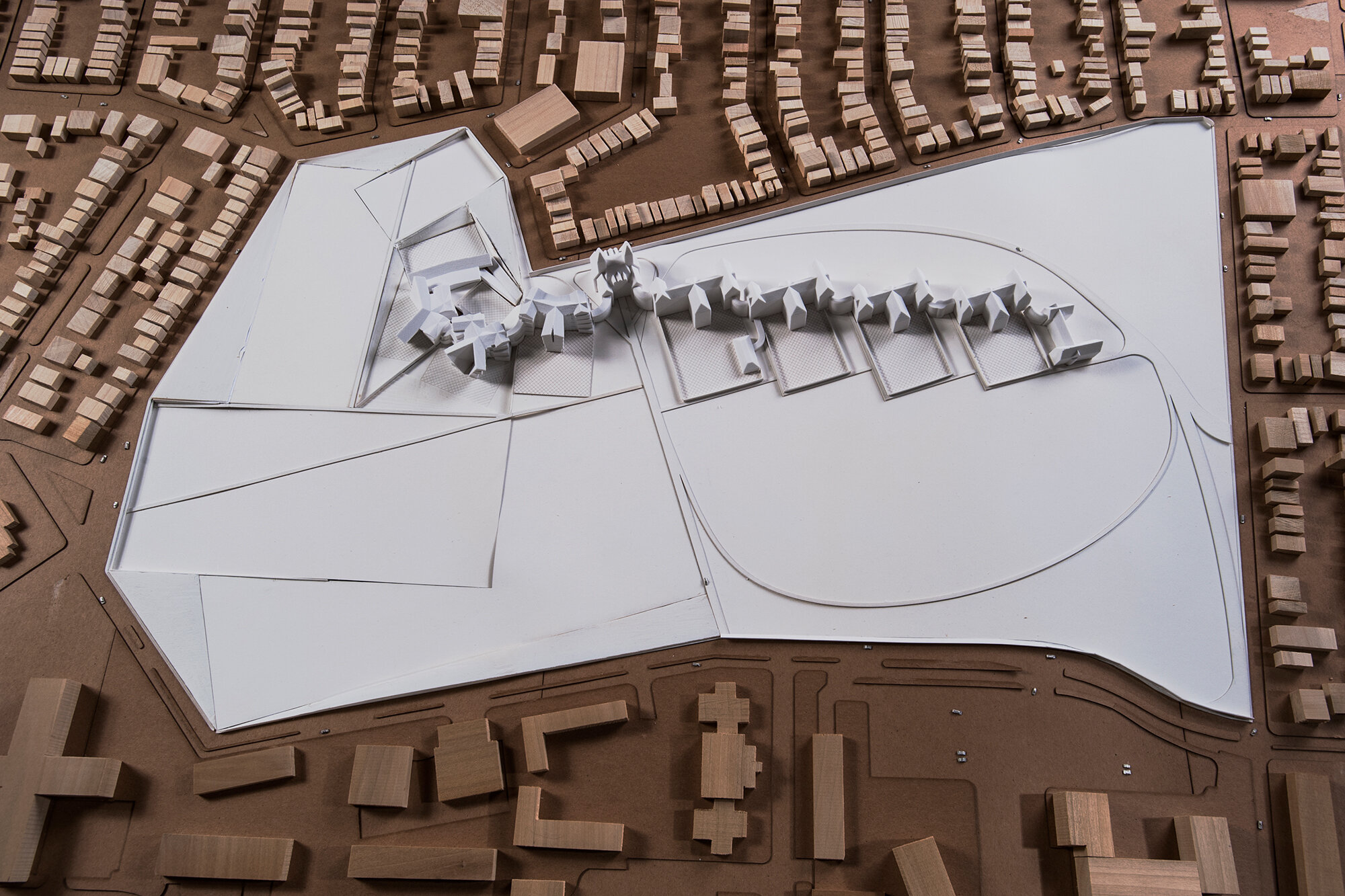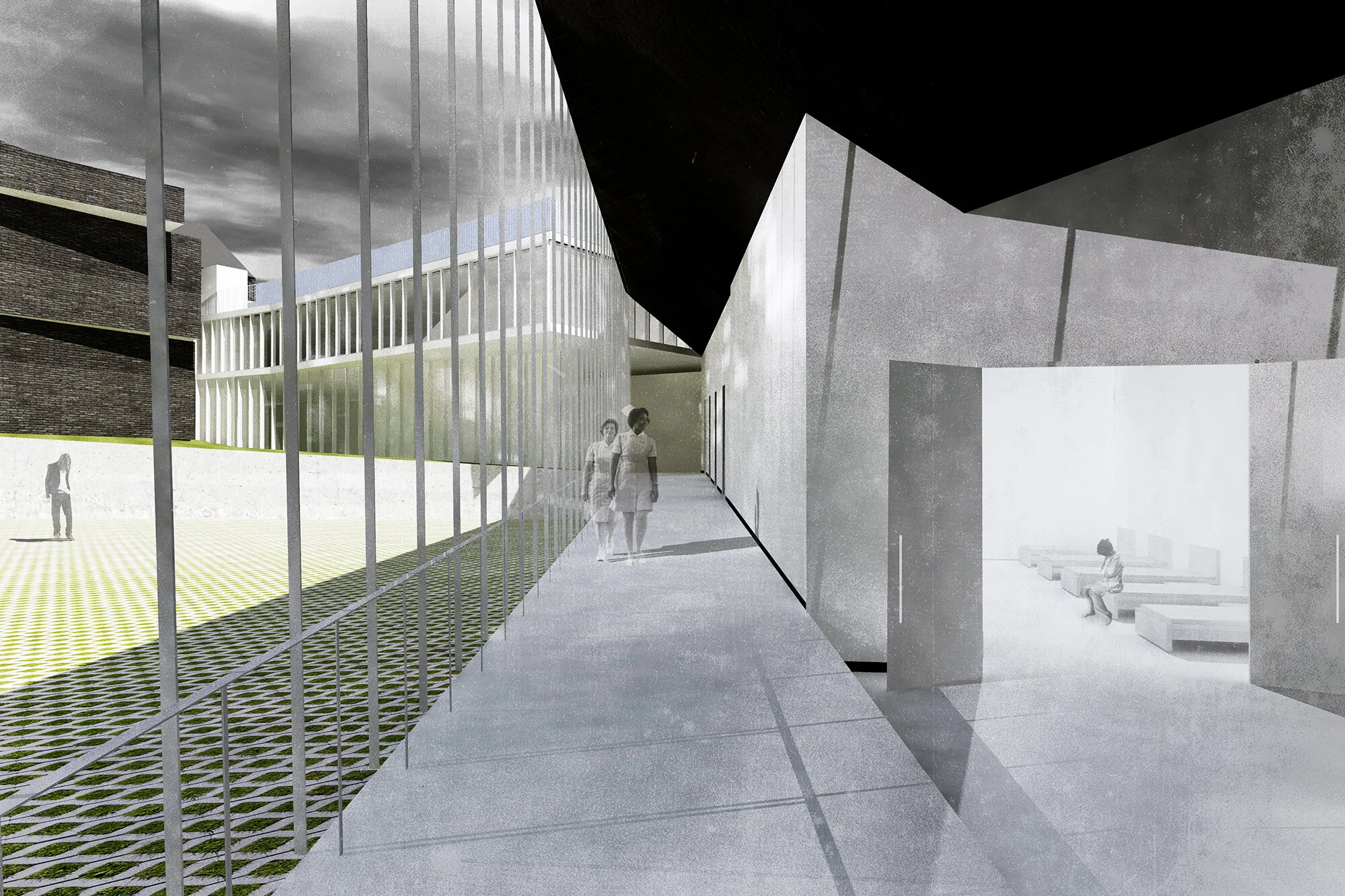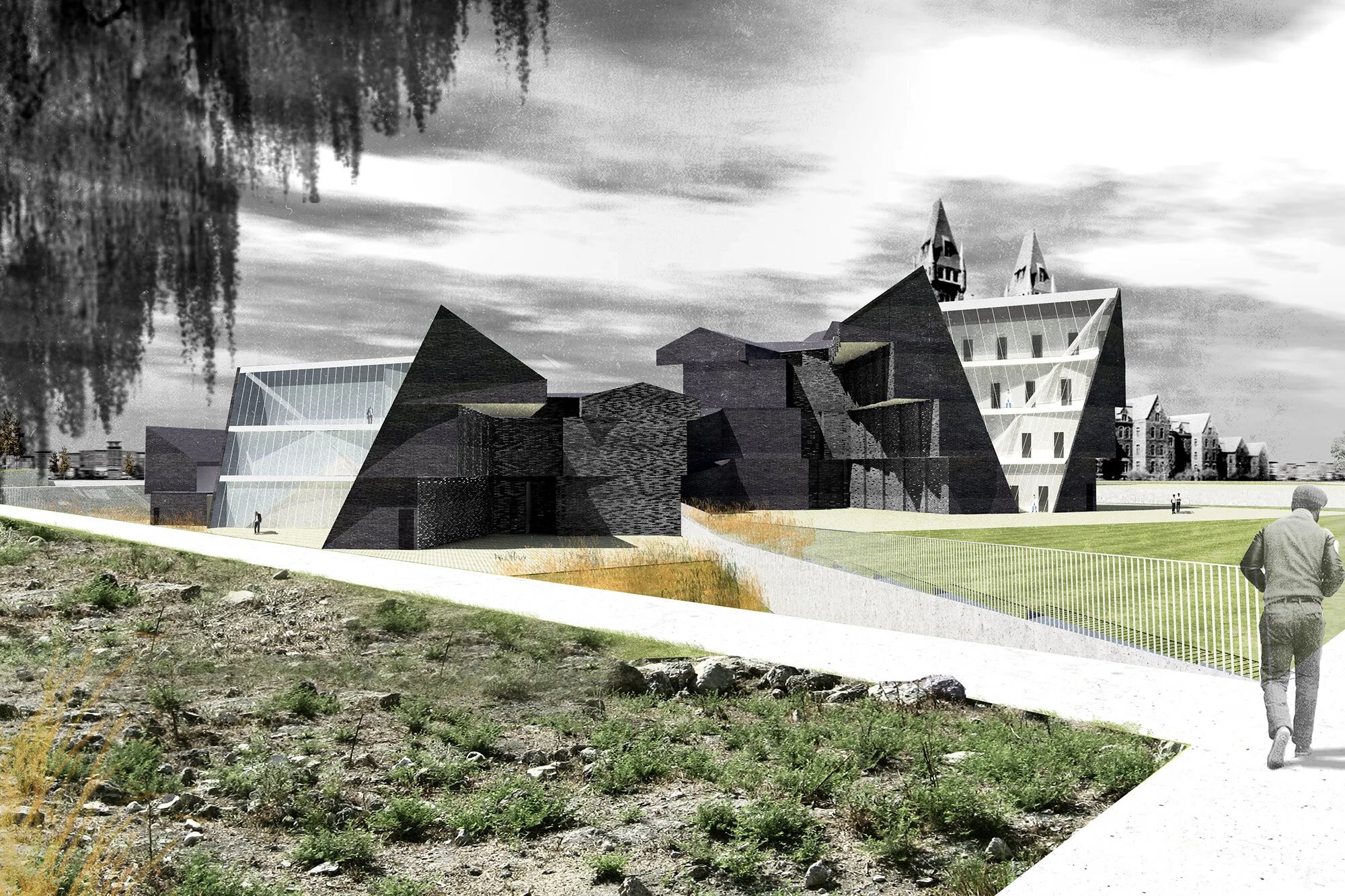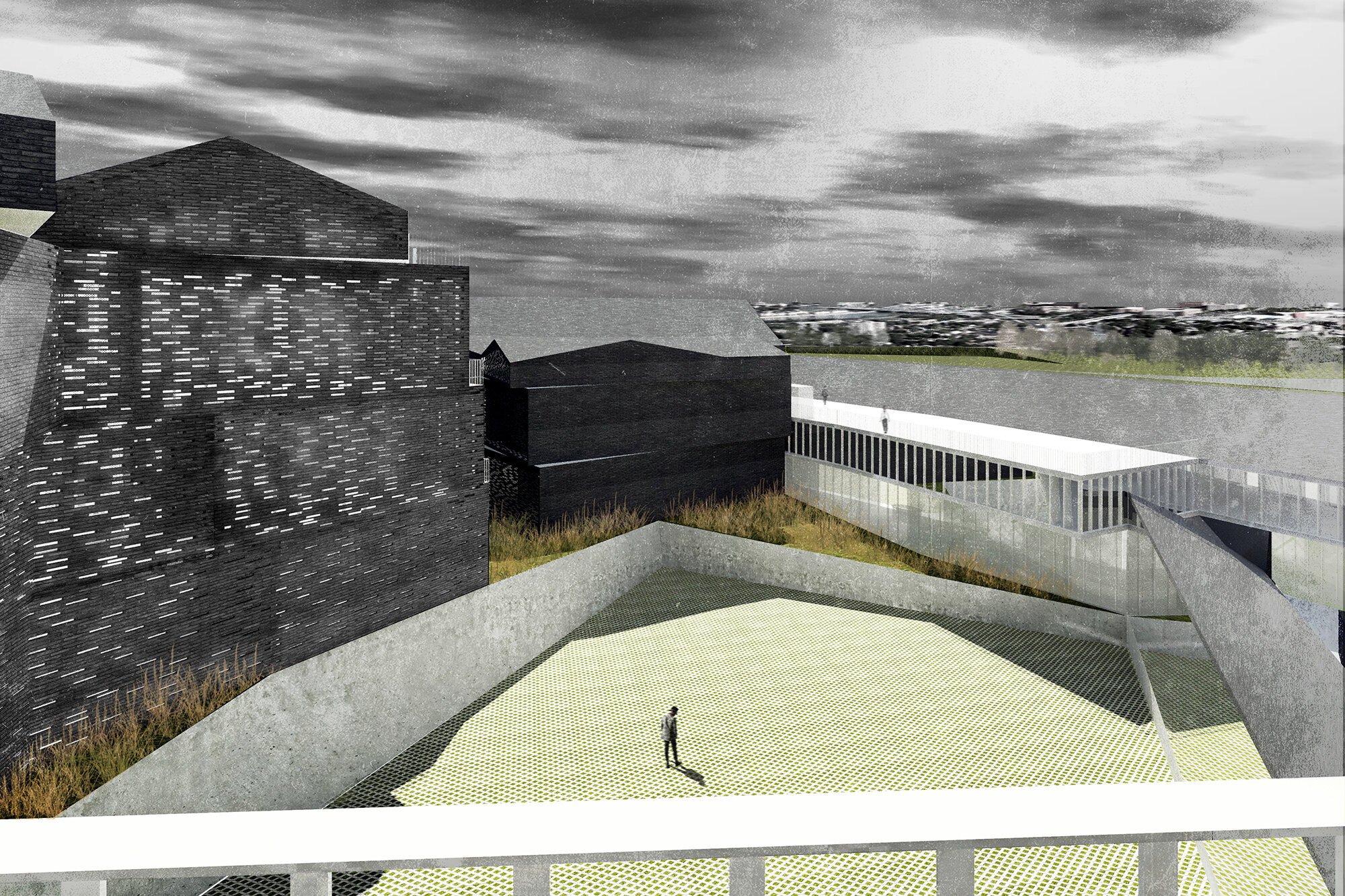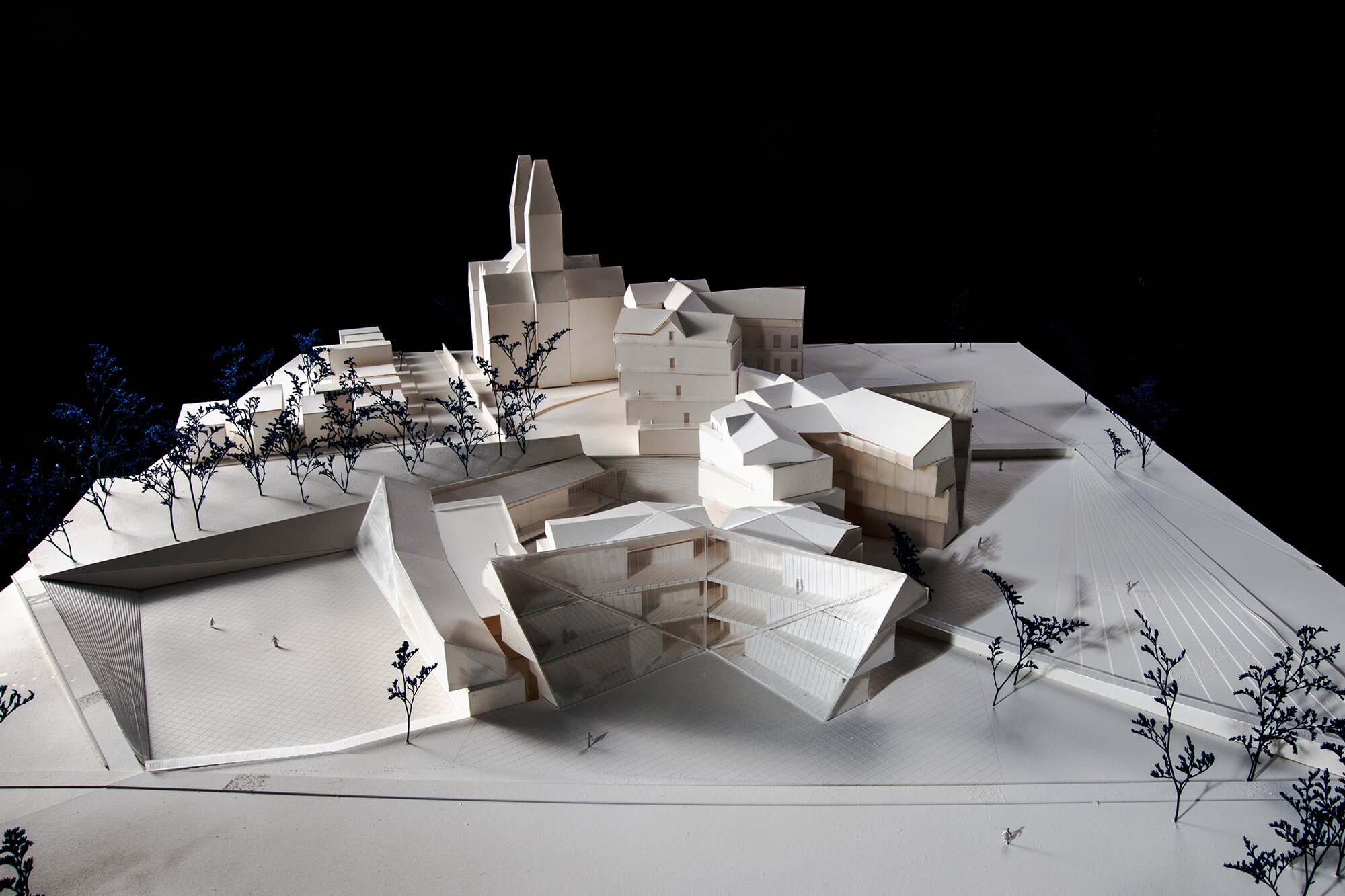Contemporary Asylum
Year / 2013
Location / Buffalo, New York, USA
Building Type / Psychiatric Treatment Facility
Building Area / 281,000 sf
Status / GSD Thesis
Advisor / Preston Scott Cohen
“It sometimes seems preferable to manipulate the external world, applying surgery to our surroundings rather than to the central nervous system, in order to preserve some kind of relation between idea and reality. The focus here moves from the adaptation of self to the adjustment of nature.”
- Robin Evans
In an era before drugs, media and WiFi - architecture was relied upon to play an instrumental role in the production of subjectivity. In the nineteenth century, architects from around the world insisted that new, purpose built buildings could cure the sick, criminal and insane. This was a time when architectural form mattered most. The “insane asylum,” for example, was considered the doctor’s “most impressive asset” (Carli Yanni, The Architecture of Madness).
Yet, for almost a century, architecture has been on the retreat, becoming at best an indifferent container (No Stop City) or at worst, a mere structural base unit (Maison Dom-ino). Architects today fight back by producing architectures that stress variety and difference as a response to the homogeneity and seriality characteristic of both mid-century modernism and the contemporary developer driven landscape. Yet the “difference” we see today is simply the “image of difference,” or differentiated form for the sake of it. This thesis uses the asylum, an institution emblematic of a dead ideology, as an excuse for purpose-built design aiming to produce an architecture of meaningful (circa 1850’s) difference through the re-organization and transformation of serial conditions.
After a deep study of type and the “curing” literature of the past, I conclude that the architecture of the asylum “cured” using four interrelated strategies: segregation, surveillance, nature and collectivity. Animating these relationships using 21st century architectural tools allows the asylum to become a more ergonomic environment, a building that could respond to the multitude of needs and spatial conditions that the “insane” would have benefited from. Instead of serial repetition, the contemporary asylum formalizes difference into a highly advanced and articulated “curing” environment. In this context, difference matters and is no longer the result of willful artistic composition.
Ultimately, this exercise aims to give meaning to form via a medical conviction that has long been abandoned. Therefore, this exercise is simply a provocation and in no way a suggested solution.








